Iyengar Yoga Wall
It is said in Yoga, that "you are only as old as your spine." Thus as long as you have a healthy and flexible spine, your ability to participate in life is endless. To open the spine in every direction without comparison = hang upside down and practice yoga!
History & Evolution of the Yoga Wall
Based on B.K.S. Iyengar’s principles of alignment, ‘the wall’ is used as a prop to deepen asana by opening and creating space in the body using therapeutic techniques. (Inversions in our advanced classes). The original “Yoga Wall” took on the form of ropes attached to wall hooks, designed by Iyengar, which has blessed humanity for decades. As years passed, the Yoga Wall evolved and introduced new systems of adjustable straps to accommodate body-types of all sorts. In the early 1980s, the newest system was designed (due to a foot injury on an older system’s wall hooks) by Kedric Wolfe; he knew there had to be a “better way” to use the wall, with simple versatility.
How the Yoga Wall can benefit YOU
Can help improve overall flexibility and mobility in the joints and spine
Builds strength in both the large and small muscle groups
Aides in the ability to access various muscle groups in poses they are not yet able to achieve on the mat
Offers many therapeutic benefits helping individuals heal from athletic injuries, arthritis, degenerative disc disease, and Sciatica
Can be used as a work-out tool to aid competitive athletes in cross-training and preparation for competitions
Allows one to do hundreds of poses
Can help students work through fear and build confidence so that they are able to take what they’ve learned on the Wall to their mats and into their daily lives
Uses specific postures and positioning, movement and breath, awareness to open the joints, connective tissue and joints
Allows standing postures, forward and back bends, twists and inversions
Helps us feel great after doing yoga, because it is a balanced physical practice designed to open the spine in every direction
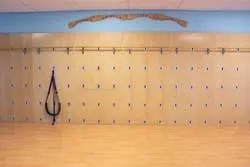
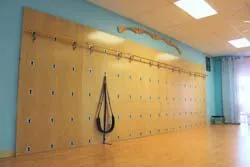
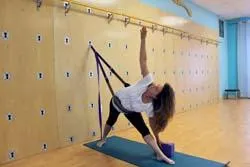
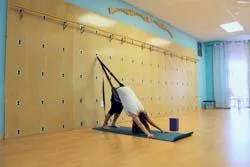
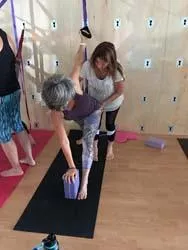
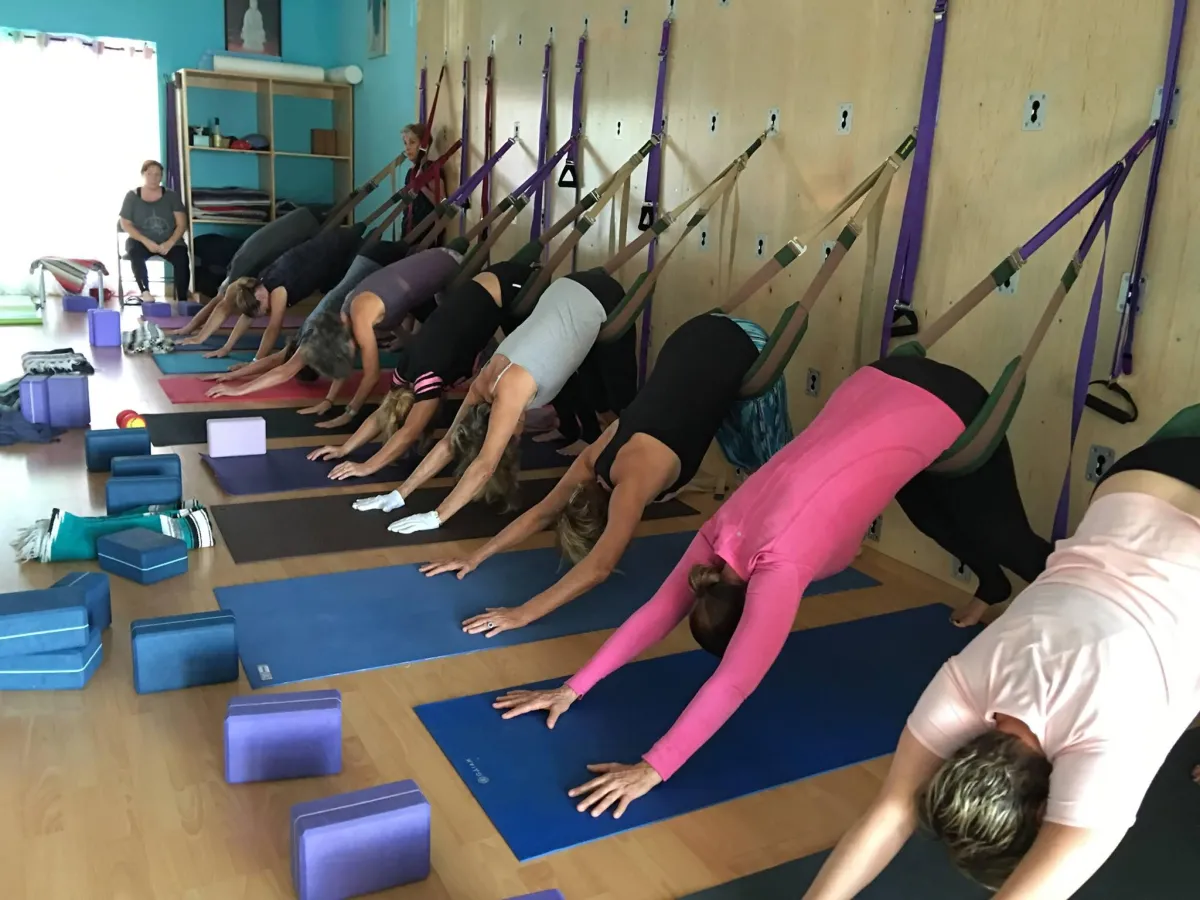
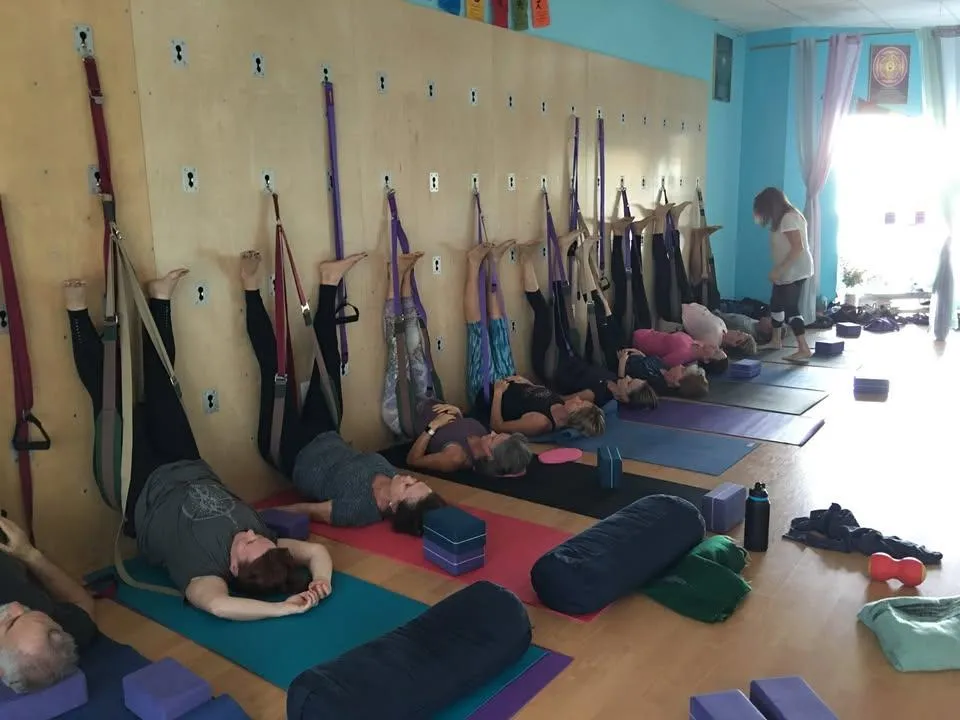
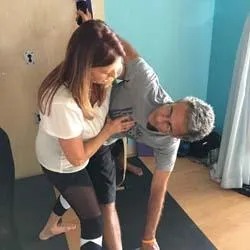
Yoga Wall Class Pricing
Single Wall Class
(Drop in)
$25

4 Class Pass Wall
$74

*Class Pass expires 6 months after purchase
10 Class Pass Wall
$175

*Class Pass expires 6 months after purchase

© 2025 | Prana Yoga and Healing Center
3840 S Osprey Ave, Sarasota, FL 34239
(941) 928-2137
